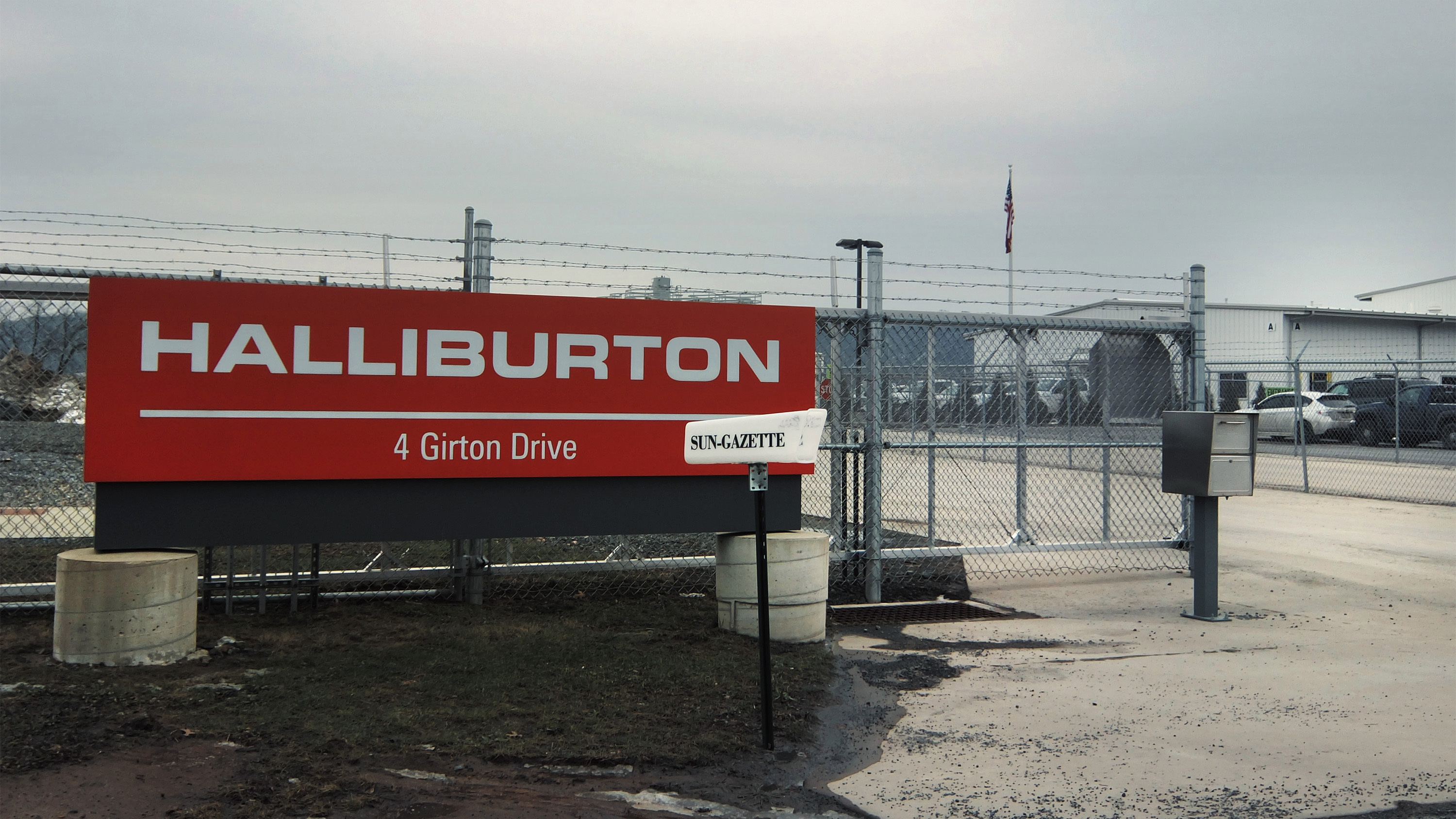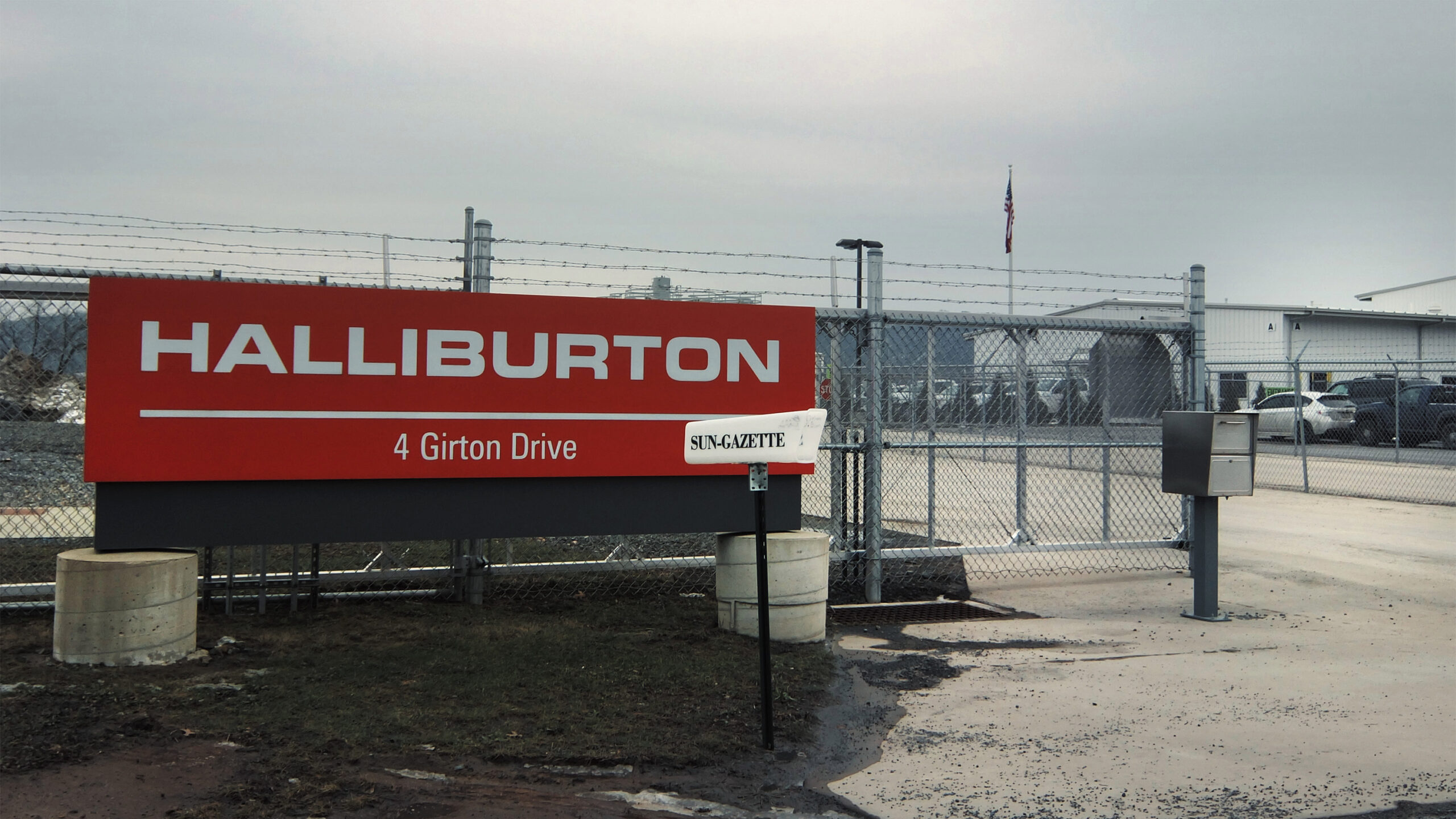Boom and bust
The shale gas “boom” was as ephemeral as Cruz’s presidential prospects. Yet four years later, running for reelection, Donald Trump used the same script to try to best Democratic nominee Joe Biden in Pennsylvania.
One campaign ad that aired in the state said Biden’s “fracking ban” would “kill up to 600,000 Pennsylvania jobs.” (Biden can’t ban fracking, except on federal public lands.) At a rally in Latrobe, Trump claimed that fracking had created 940,000 jobs in the state. The actual number at the time was more like 26,000—and that’s including “fracking-related” jobs not directly in the industry.
A report by the Multi-State Shale Research Collaborative found that during the time span of the ostensible fracking boom in Pennsylvania and the Midwest (from 2008 to 2012), “firms with an economic interest in the expansion of drilling” and their political allies systematically exaggerated the industry’s impact on employment.
The US Chamber of Commerce declared in 2012 that shale gas production in Pennsylvania, Ohio, and West Virginia had created more than 300,000 new jobs. The Pennsylvania Department of Labor and Industry counted only about 18,000. The discrepancy likely resulted from the Chamber’s blatant misrepresentation of several controversial industry-funded Penn State studies that looked at “projected jobs,” meaning expected future jobs. Later, the Chamber revised the 300,000 jobs “created” down to 180,000 jobs “supported.”
Similarly, former Pennsylvania governor Tom Corbett’s 2014 State Energy Plan claimed that “over 240,000 Pennsylvanians work in core and ancillary jobs associated with the oil and gas industry.” However, the Keystone Research Center pointed out that most ancillary jobs (like those of UPS drivers), which accounted for the bulk of the total, predated fracking.

COLIN JEROLMACK
The bottom line is that although Pennsylvania’s gas boom peaked between 2011 and 2012, its unemployment rate actually increased almost a full percentage point in that time—and at 8.3%, it was a half-point above the national average—even as unemployment fell in 46 states. (In Billtown, whose former mayor dubbed it the “Energy Capital of Pennsylvania,” the 2012 median household income of $33,147 was no higher than it was preboom; the high local poverty rate remained unchanged.)
A bombshell report recently put out by the Ohio River Valley Institute details how fracking boosters’ promise of jobs and prosperity for the broader Appalachia region was a mirage. In the 22 Ohio, Pennsylvania, and West Virginia counties that produce most of America’s natural gas, economic output grew by 60% from 2008 to 2019, but little of the income generated by that growth stayed in local communities. The region saw only 1.6% job growth, compared with 9.9% nationally; its share of the nation’s population fell by 11%.
These numbers show that gas drilling has not lifted the financial outlook of shale communities. In fact, it may have even made things worse.
Sustaining growth
It’s important to explode the myth that fracking is a golden goose because it takes away one of the primary justifications for a polluting industry. The “economy versus environment” narrative implies that environmentally friendly policies kill jobs. Renewable-energy proponents, likely driven in part by a desire to rewrite this storyline, likewise often overstate the economic impact of their own recommendations by touting high-paying “green jobs” they claim will come with wind or solar energy.



